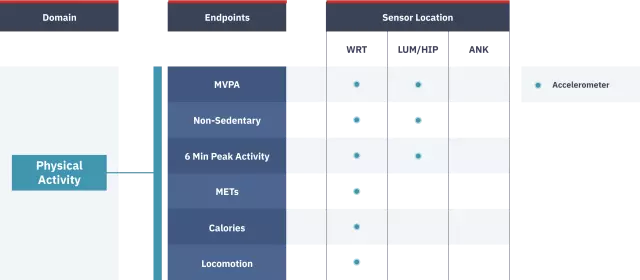- Author Rachel Wainwright [email protected].
- Public 2023-12-15 07:39.
- Last modified 2025-11-02 20:14.
7 methods of gentle physical activity
For normal functioning, the human body needs physical activity. With a lack of movement, joints stop working properly, muscles atrophy, cardiovascular activity is impaired and metabolism deteriorates. The modern urban rhythm of life does not provide us with adequate physical activity, we need an additional one - sports. However, tiresome sports are not to everyone's liking. In addition, there are a huge number of people suffering from certain chronic diseases for which sports are not recommended. But physical inactivity leads to even greater health problems. How to be in this case?
There is a way out: you need to use methods of gentle physical activity. They are designed in such a way that, without overloading, not overworking or injuring the body, provide it with sufficient activity. The peculiarity of these techniques is that they have a minimum of contraindications (and sometimes they are absent altogether).
Yoga
A follower of classical yoga will indignantly note that yoga is by no means gymnastics, but primarily a philosophical system, the main goal of which is to influence the spirit, not the body. It is difficult to argue with this, as well as with the fact that it is not at all necessary to study the philosophical aspects of yoga to maintain health. As an exercise system, it works great without them. With regular practice, yoga has a beneficial effect on the body: it restores the functioning of the joints and maintains muscle tone, has a positive effect on the cardiovascular, respiratory, nervous, and endocrine systems, helps to improve digestion, relieves chronic fatigue and persistent pain. Most gentle physical activity methods include yoga elements.
Yoga is very variable, so there are no contraindications to it.
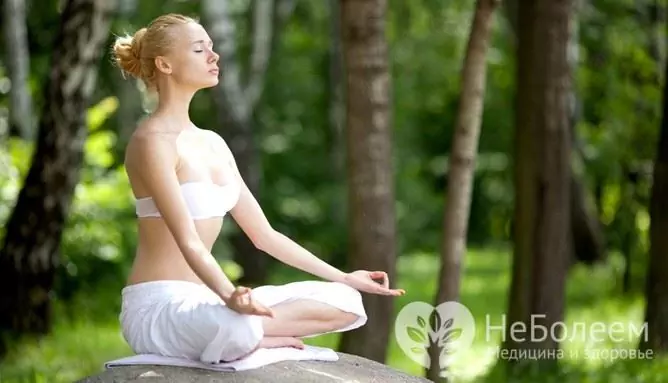
Source: depositphotos.com
Swimming
Only those who do not know how do not like to swim. Everyone else enjoys swimming - both the process itself and the bright "muscle joy" after a good swim. It is also well known that this activity has a very beneficial effect on the body: all muscle groups are loaded evenly, the joints are not overstrained, the respiratory and cardiovascular systems work with an increased but adequate load, which trains them and maintains them in an optimal working regime. Swimming is good for the spine; it is one of the most effective treatments for scoliosis. By setting a different swimming pace, you can vary the load - from light to one that is enough to set sports records.
There are no contraindications. If a person gets tired of swimming, he just needs to slow down.
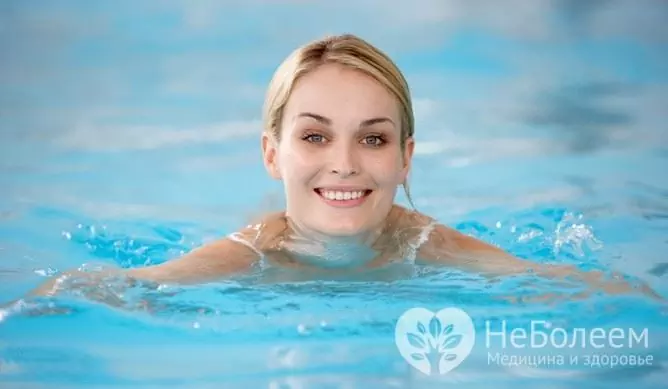
Source: depositphotos.com
Water aerobics
Water aerobics allows you to take advantage of all the advantages of classical aerobics without its disadvantages, which include, first of all, excessive stress on the joints. This is a flexible system: exercises can be combined in such a way as to work out some areas more, sparing others, or evenly distribute the load. Overwork is the same here as with swimming: if it's hard, you just need to slow down. There are no contraindications for doing water aerobics.
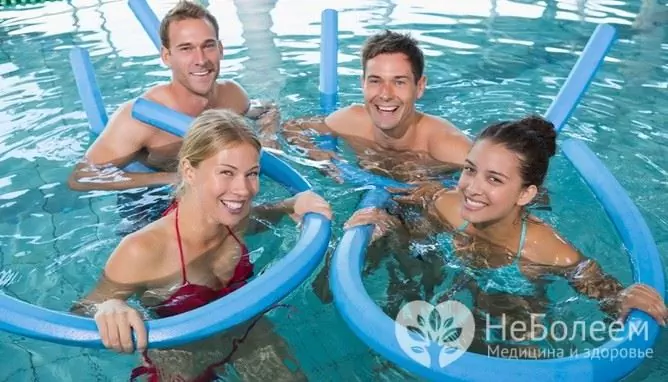
Source: depositphotos.com
Callanetics
American Callan Pinckney loved traveling so much that she spent eleven years traveling. Upon returning home, years of adventure made themselves felt: Callan's knees and back began to hurt desperately. For an active, mobile woman, this was a sheer punishment. Doctors made a helpless gesture and offered surgery, however, without guaranteeing the result. Then she developed her own exercise system, which allowed her to fully recover within a few months.
Callanetics is based on yoga, the complex includes 29 exercises. To achieve a result, beginners are recommended to practice three times a week for 1 hour, and after the changes for the better become obvious, two times a week are enough. If an hour-long lesson is cumbersome, you can break it down into three 20 minutes each. You can study in groups or at home on your own.
Callanetics has a beneficial effect on the joints and the spine, tightens muscles, activates metabolism, contributing to getting rid of excess weight, is an effective remedy against osteochondrosis. However, there are also contraindications: diseases of the cardiovascular system and bronchial asthma.
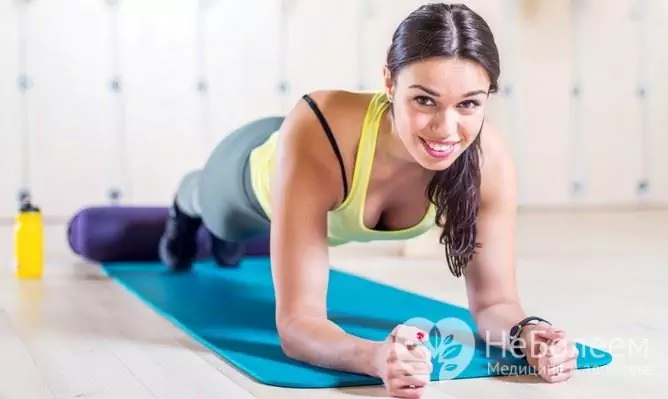
Source: depositphotos.com
Pilates
This technique, developed by rehabilitation therapist Joseph Hubertos Pilates, has proven itself as a physical therapy and currently has millions of followers around the world. The system uses one of the basic principles of yoga: proper breathing is an important part of physical activity. Just like yoga, Pilates consists of a series of static exercises.
Pilates provides a uniform and gentle load on the body, has a beneficial effect on both the musculoskeletal system and all organs and systems without exception. The peculiarity of Pilates is the stabilization of the functions of the nervous system: regular exercise reduces stress and increases stress resistance, helps to cope with insomnia, and teaches proper relaxation.
The complex has no contraindications; even those people who are contraindicated in any other sports and fitness can practice pilates.

Source: depositphotos.com
Bodyflex
The creator of bodyflex, Greer Childers, revolutionized fitness by demonstrating that maintaining excellent physical shape does not require grueling hours of workouts, you do not need a gym. It is enough just for 15-20 minutes to perform simple and not burdensome exercises (subject to daily exercises). Like Pilates, bodyflex takes into account breathing: exercises are based on a special breathing technique combined with a static load on certain muscle groups. Practicing body flex in accordance with the recommendations of the creator, it is impossible to overwork. As a result of the exercises, you will get a toned body, get rid of pain in the spine and joints, improve your psycho-emotional state and raise your vitality.
Bodyflex has no contraindications.

Source: depositphotos.com
Stretching
Stretching is a series of exercises for stretching muscles and ligaments. During training, lymph and blood circulation improves, and regular stretching exercises can relieve pain in the legs and back, optimize the work of the joints and spine, maintain muscle tone, tighten the body and make it flexible. Stretching is used both as an addition to the main physical activity, and as an independent complex.
Exercises can be combined in various ways, use the full complex or only part of it; the load is selected individually. Stretching has no contraindications, but it is important to follow two rules: first, there should be no pain during training, and second, stretching should be done slowly and gradually.
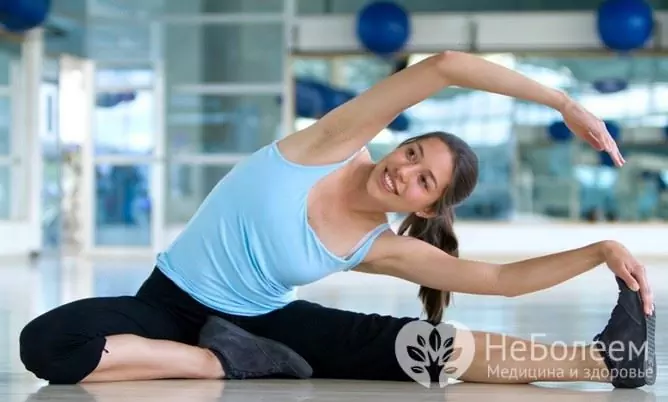
Source: depositphotos.com
Excessive physical activity is just as harmful to the body as physical inactivity: it wears out, various disorders appear. Lessons using gentle methods are unlikely to ensure the achievement of Olympic records, but they will help to restore and maintain normal joint function, eliminate chronic pain in the legs and back, return the figure to harmony and fit, raise vitality and ultimately make a person healthier, and his life more active and richer.
YouTube video related to the article:

Maria Kulkes Medical journalist About the author
Education: First Moscow State Medical University named after I. M. Sechenov, specialty "General Medicine".
Found a mistake in the text? Select it and press Ctrl + Enter.

